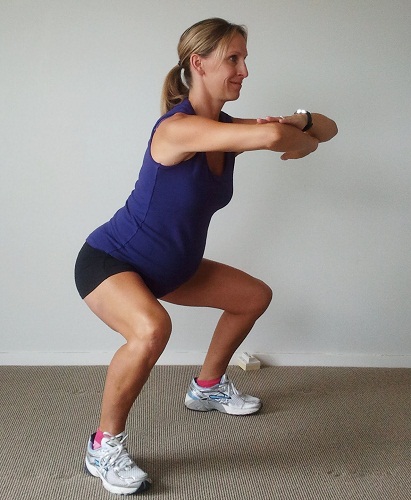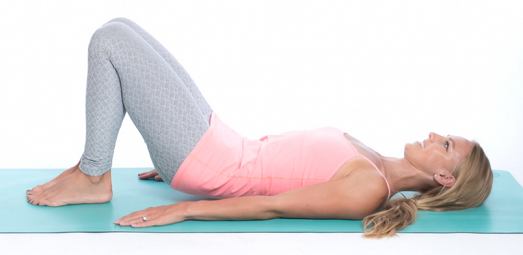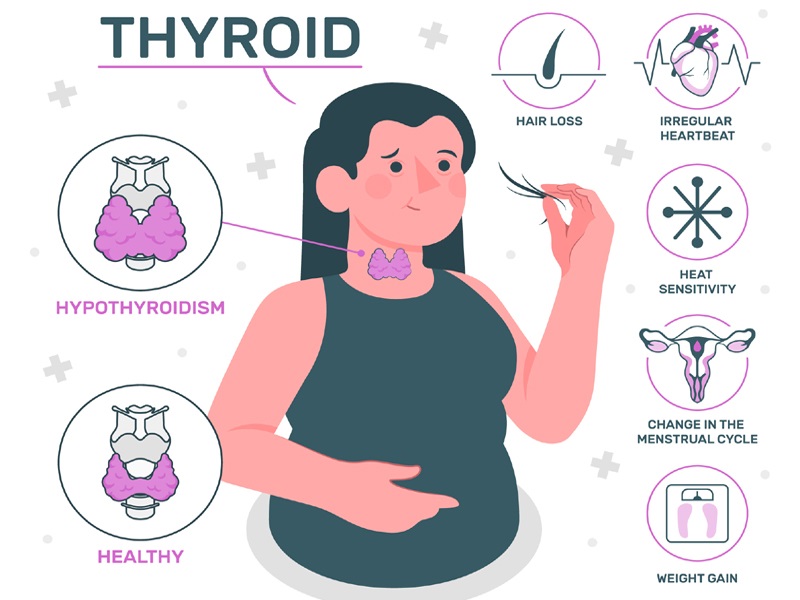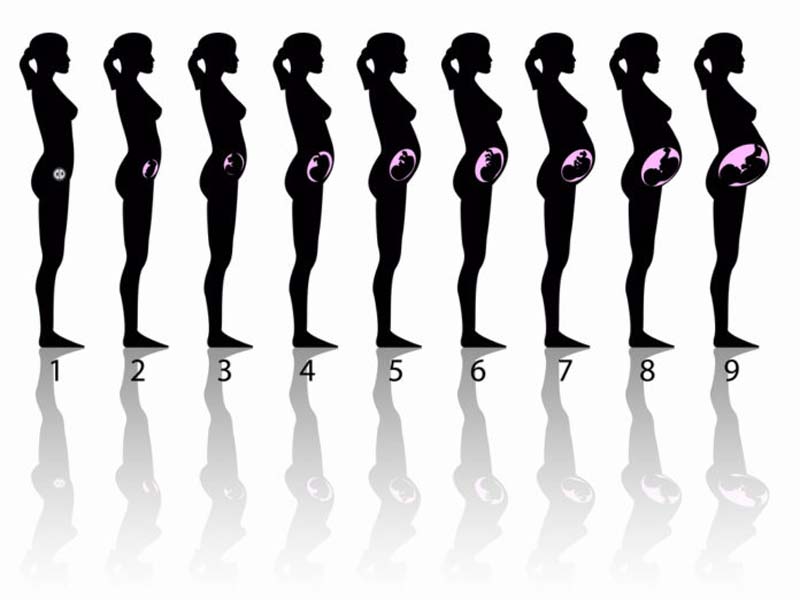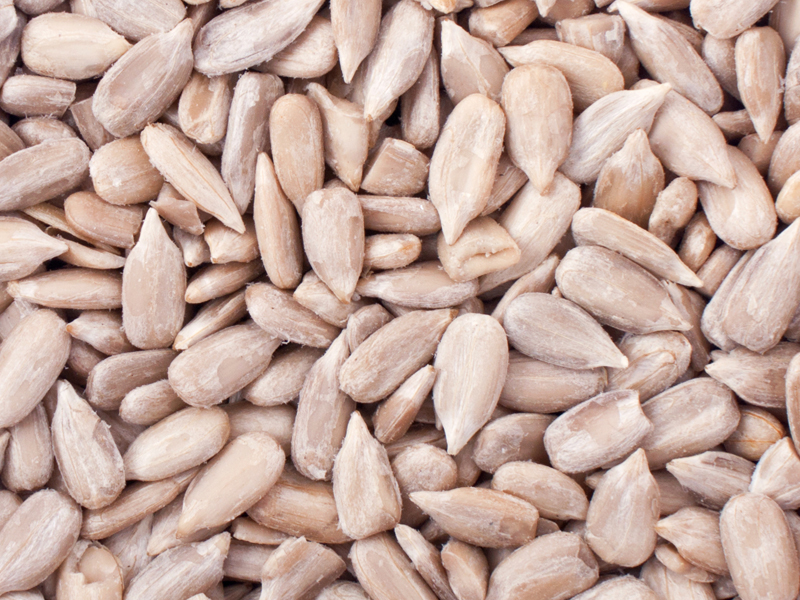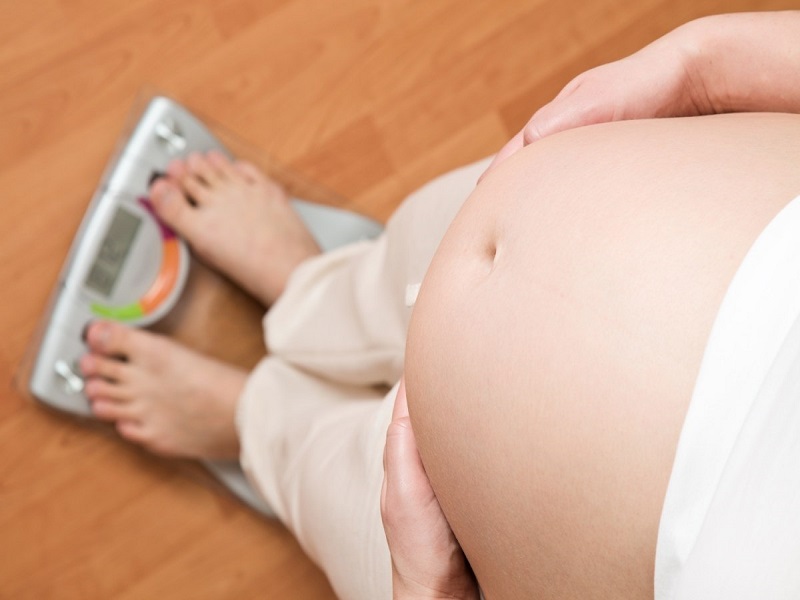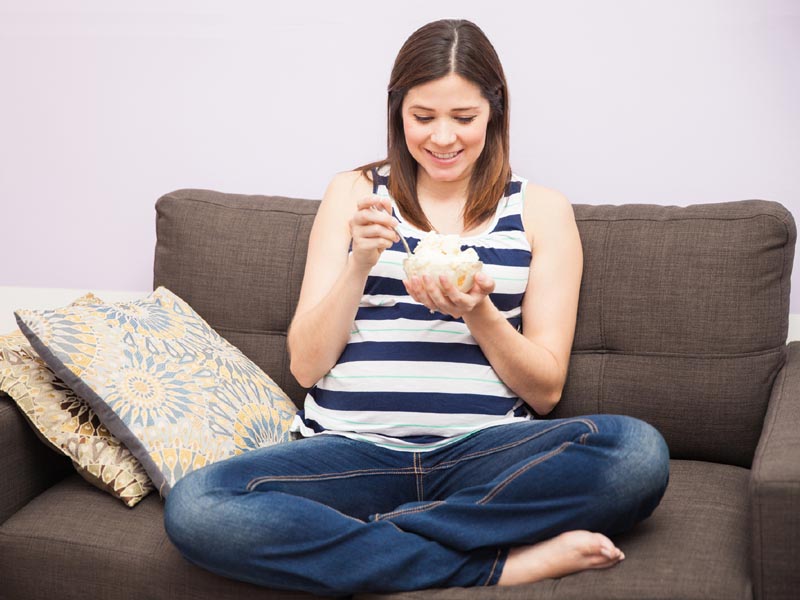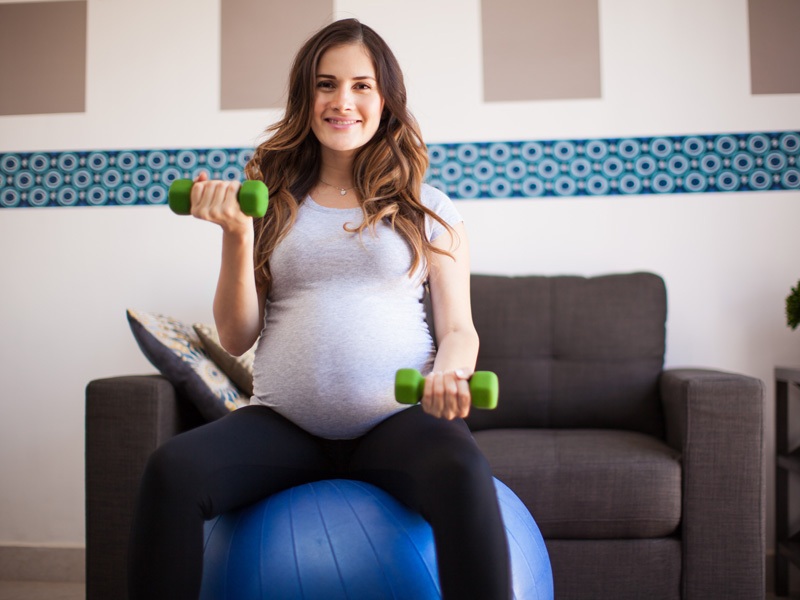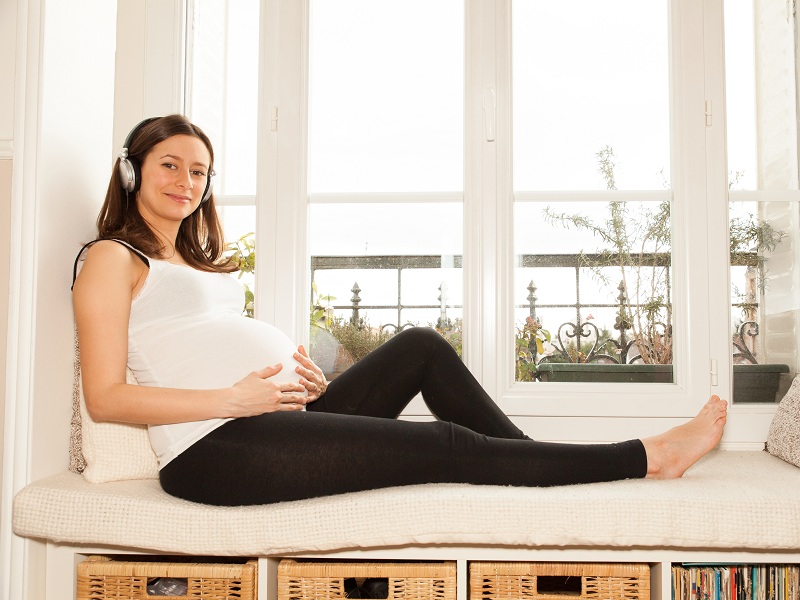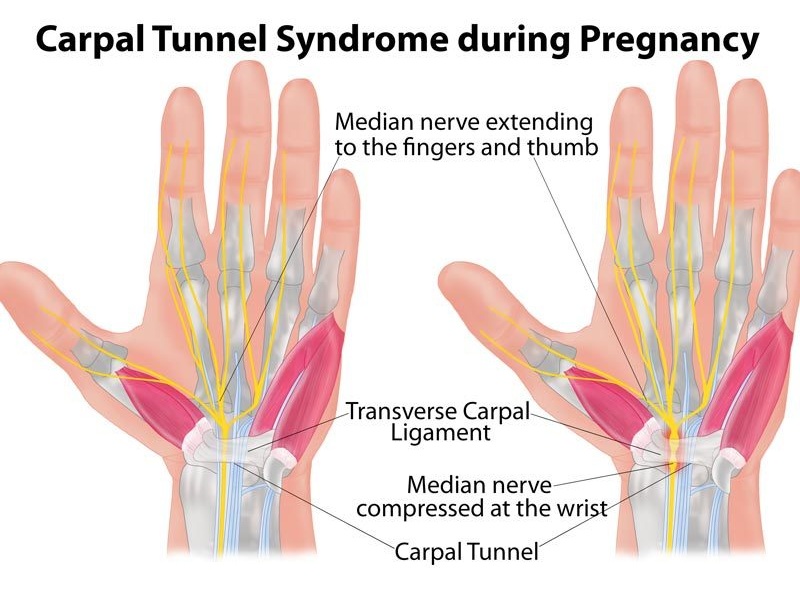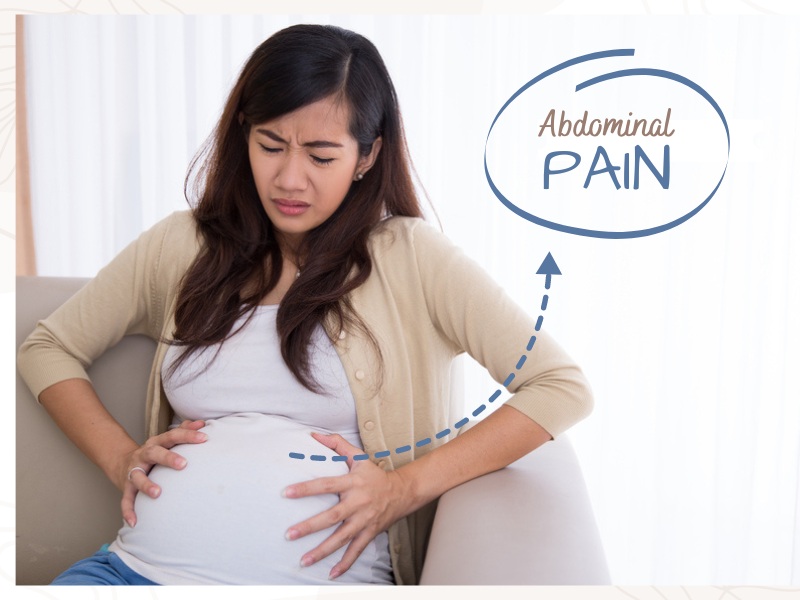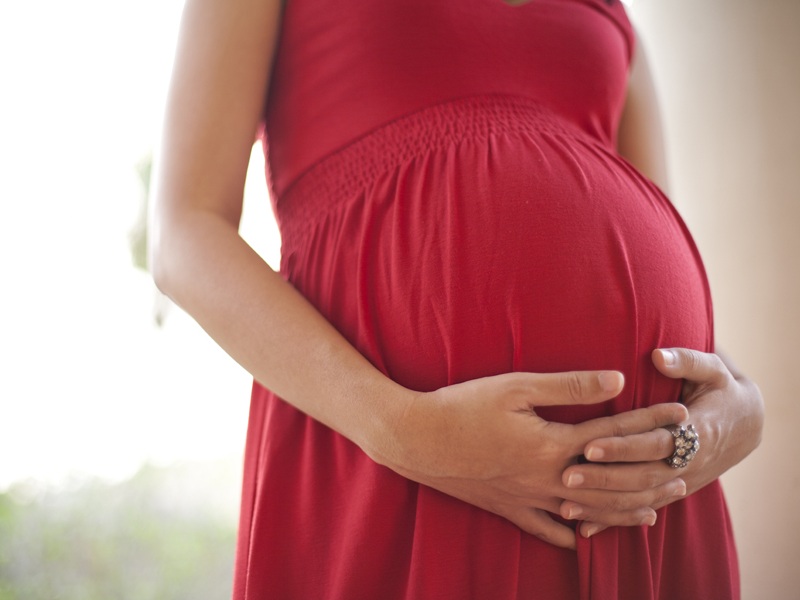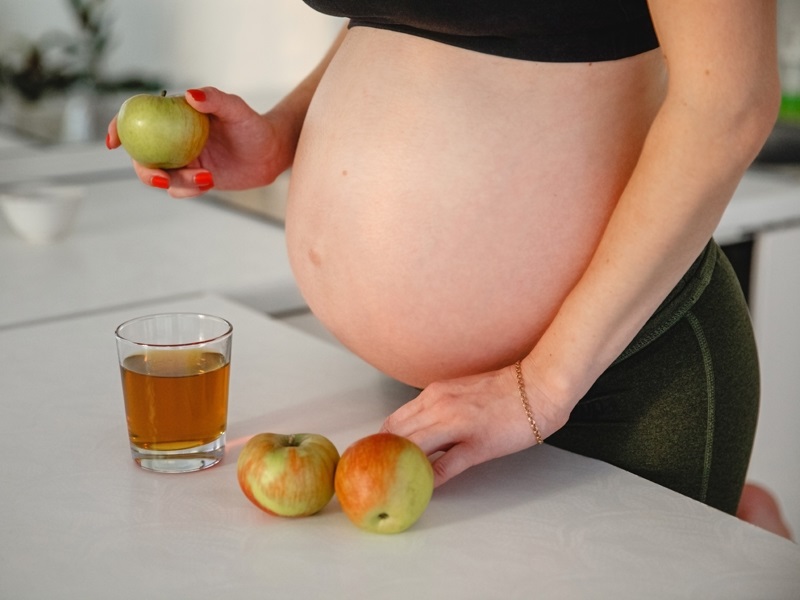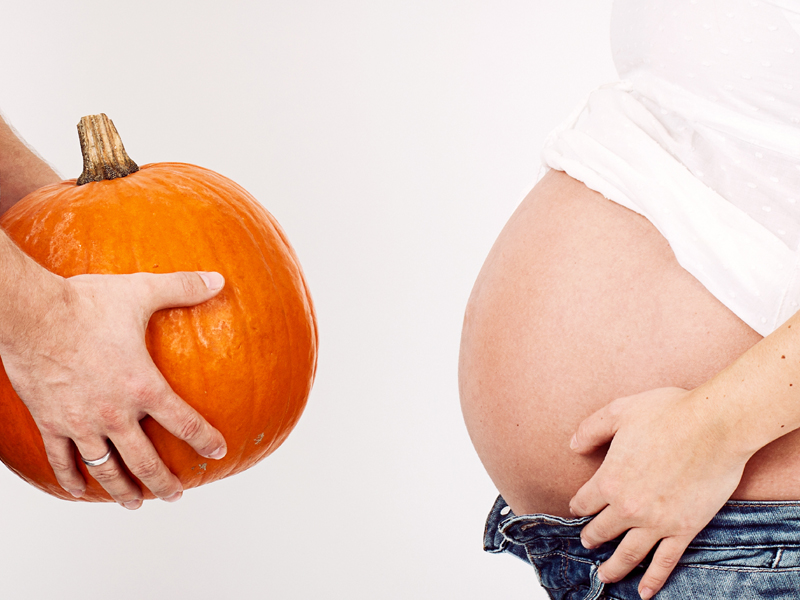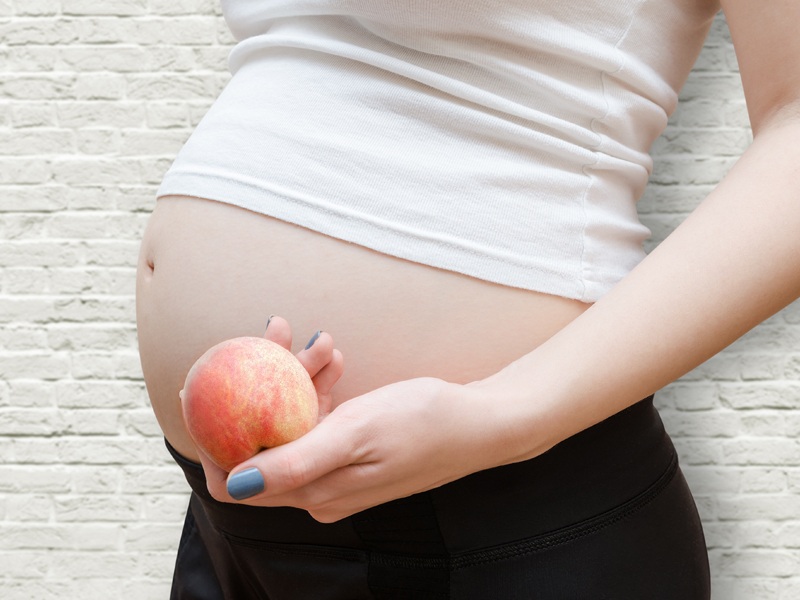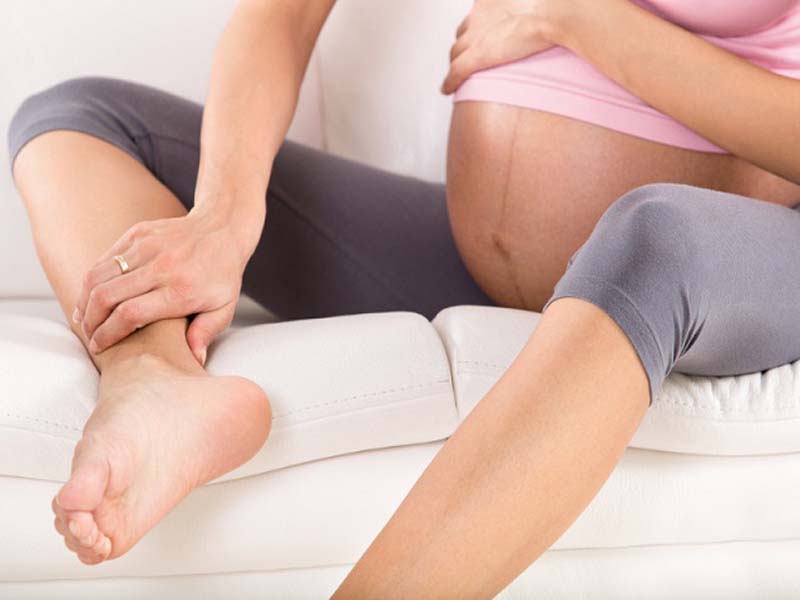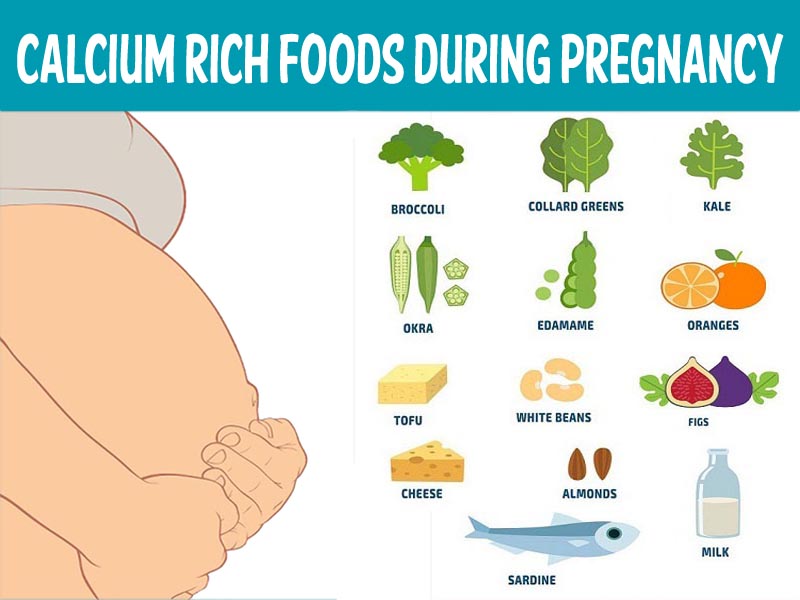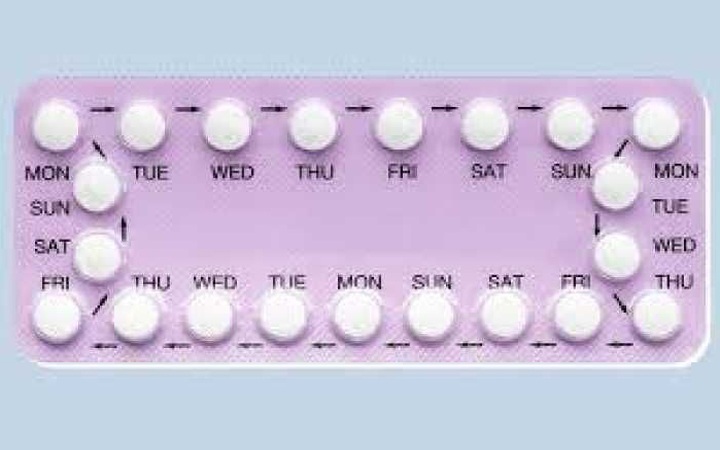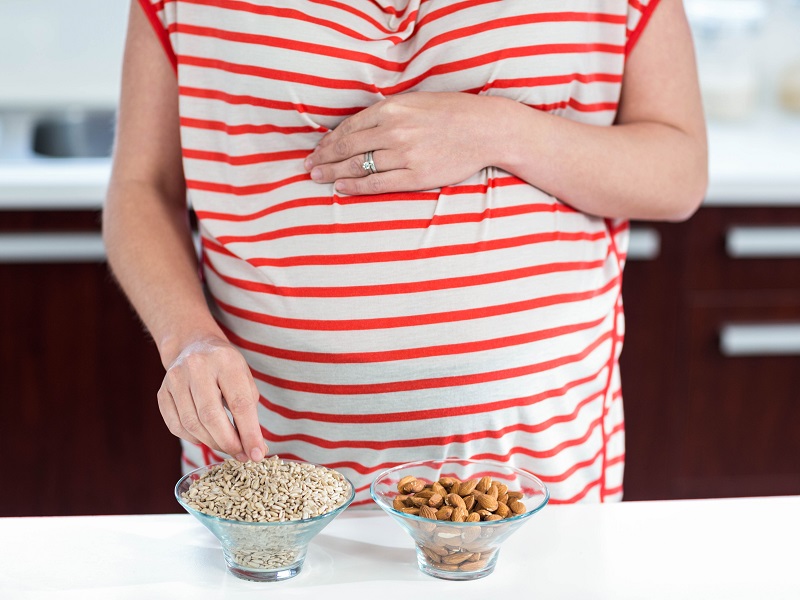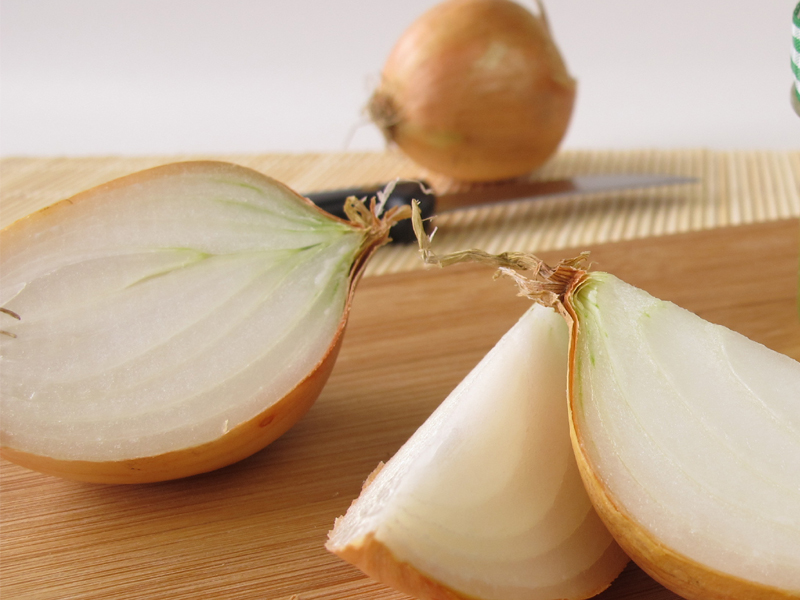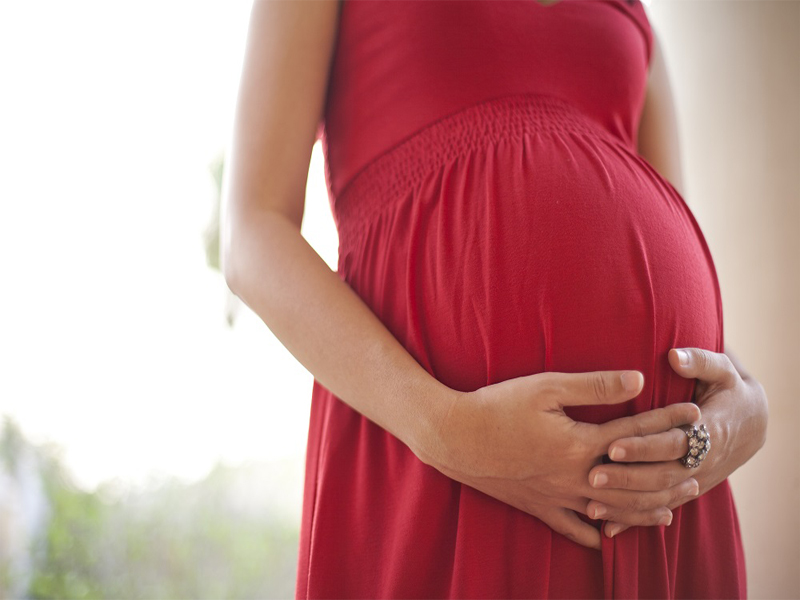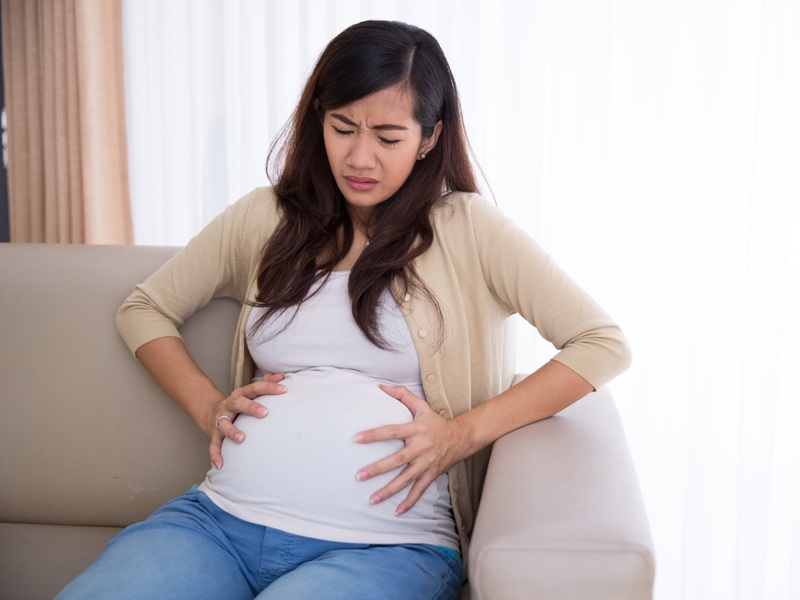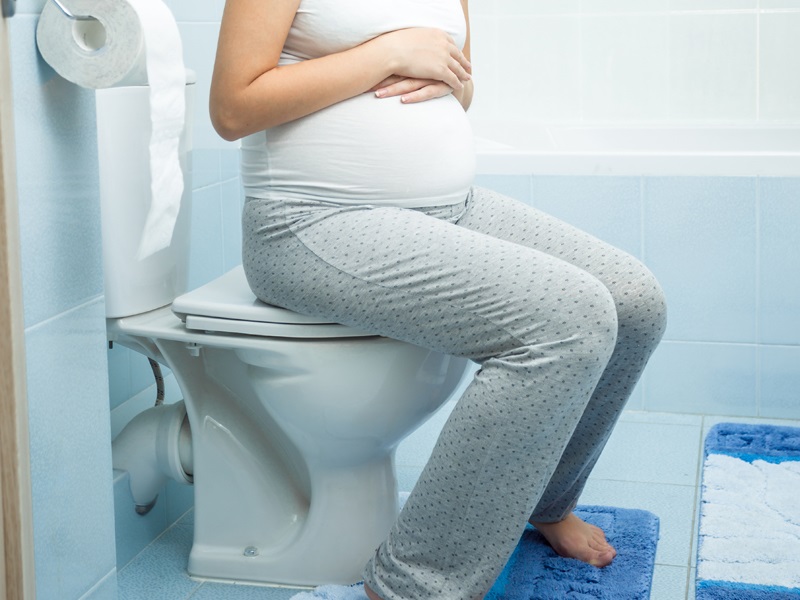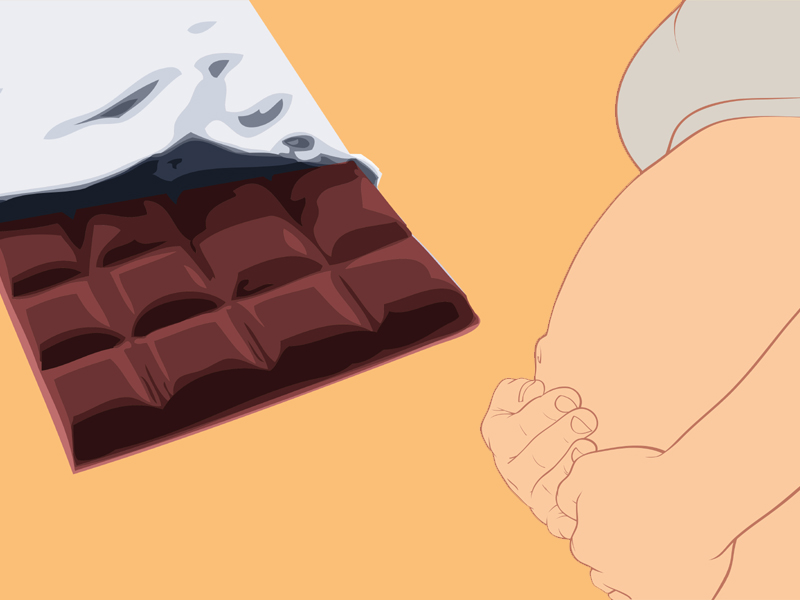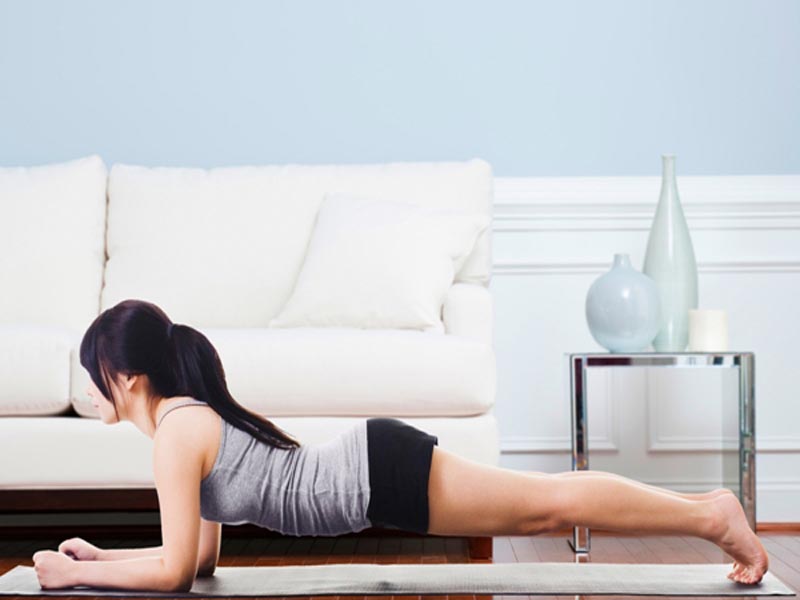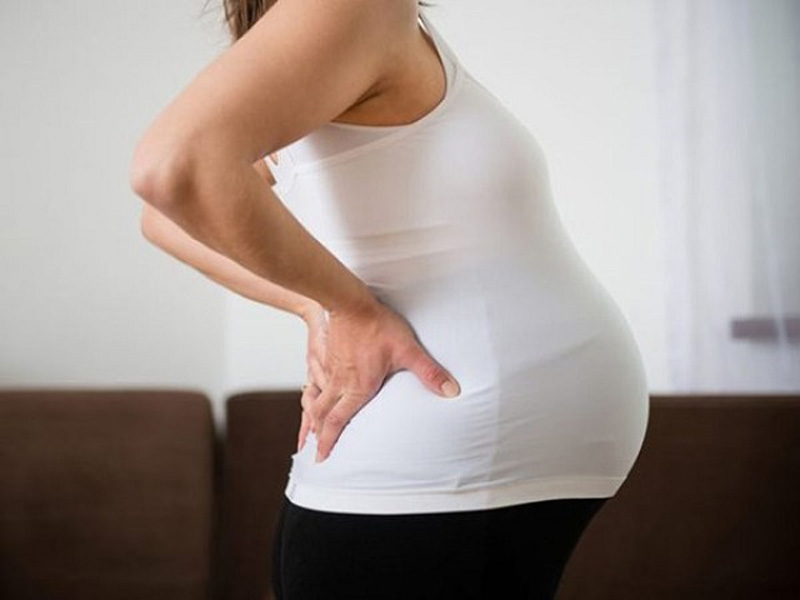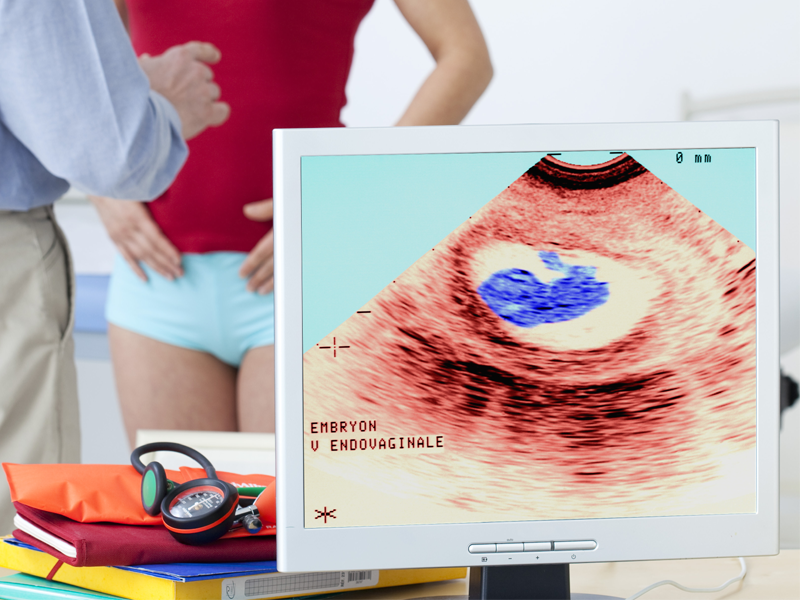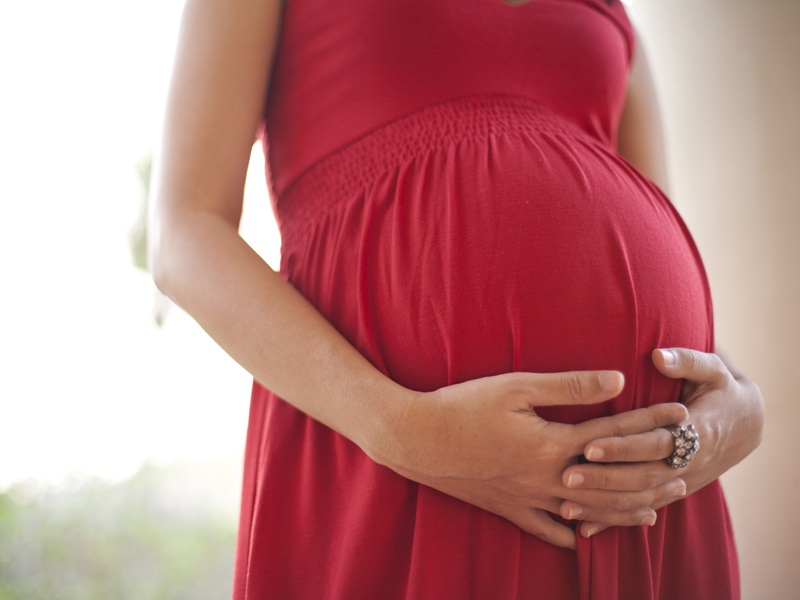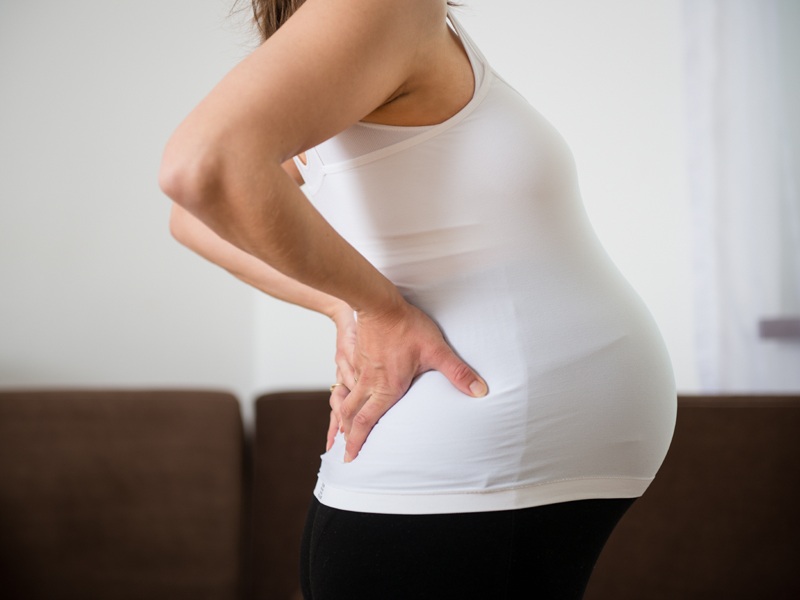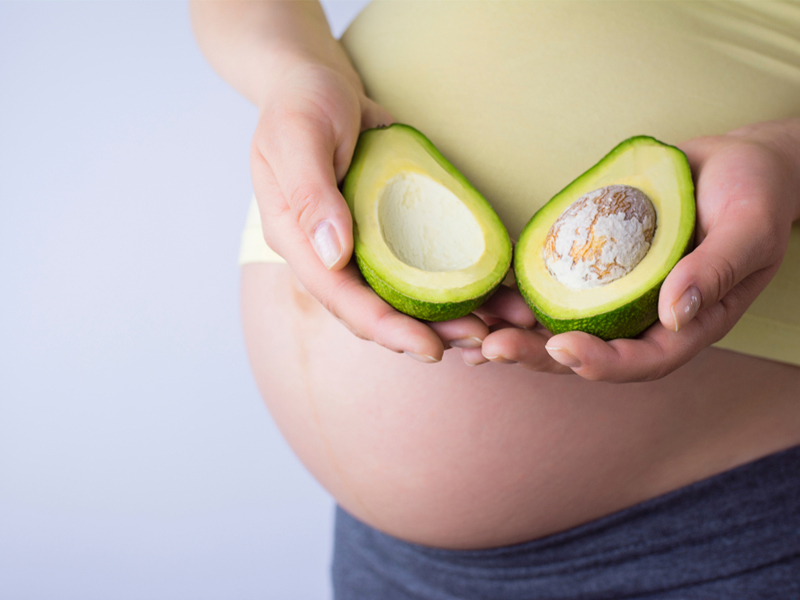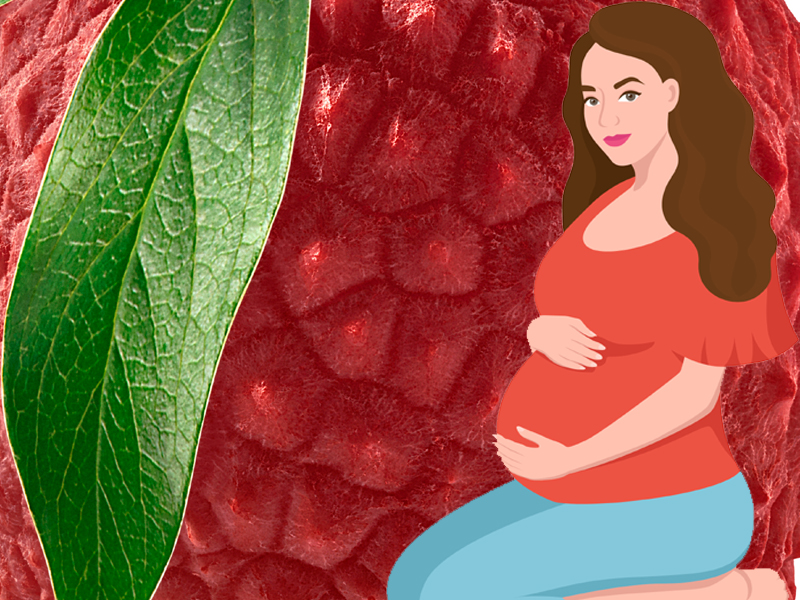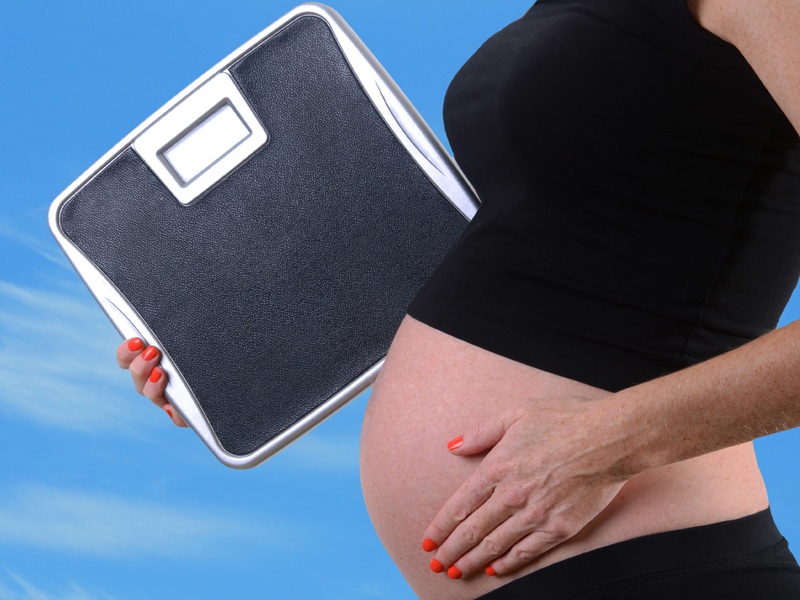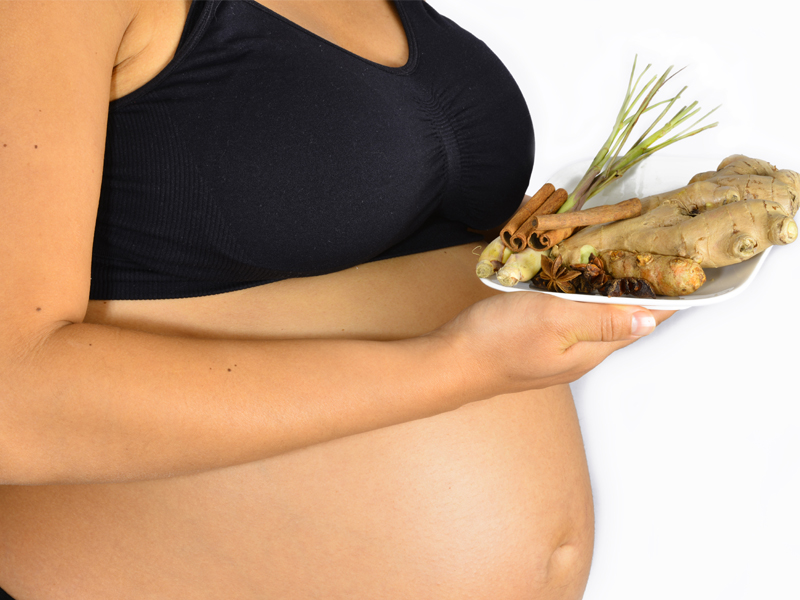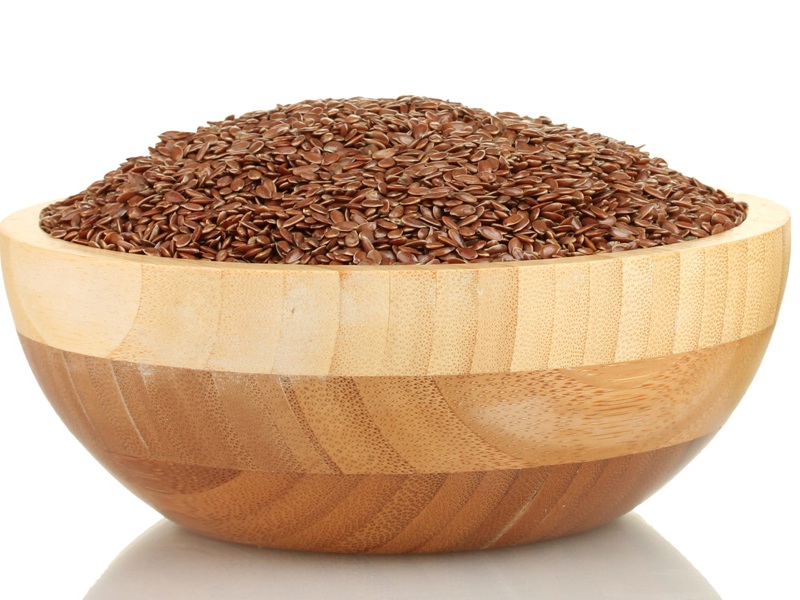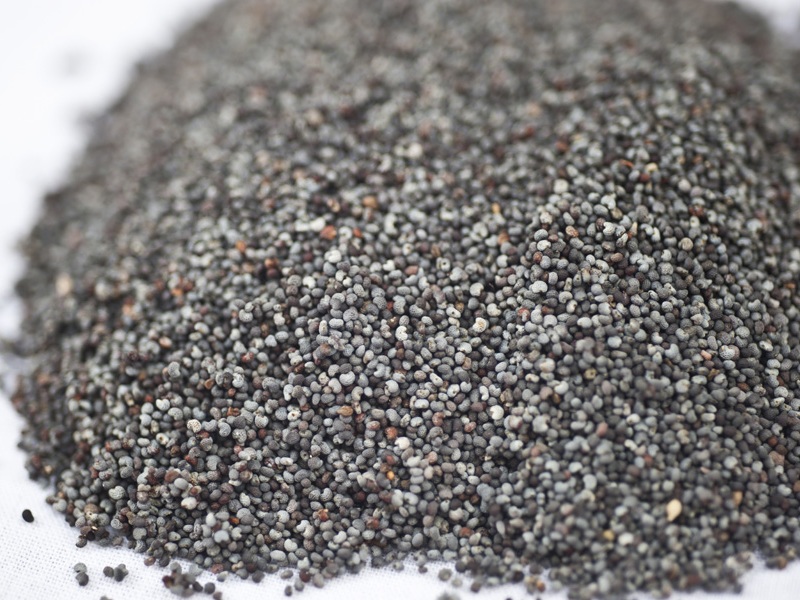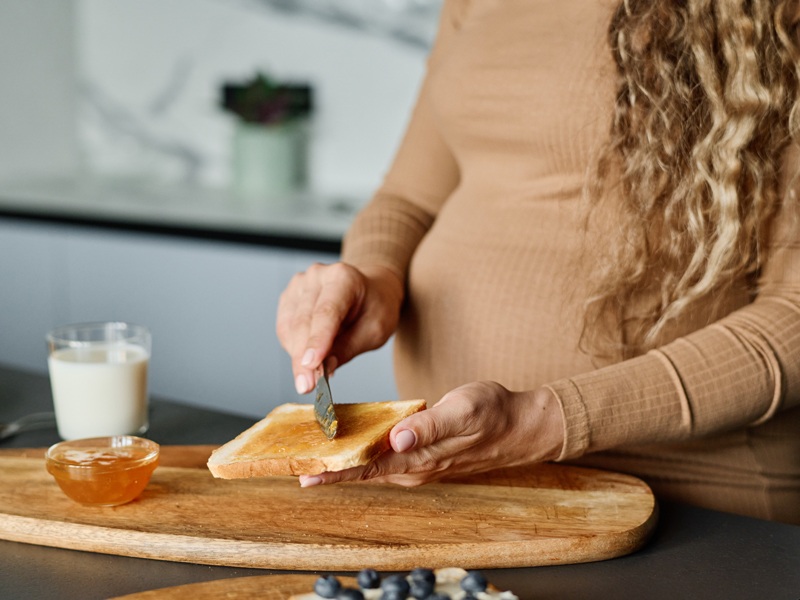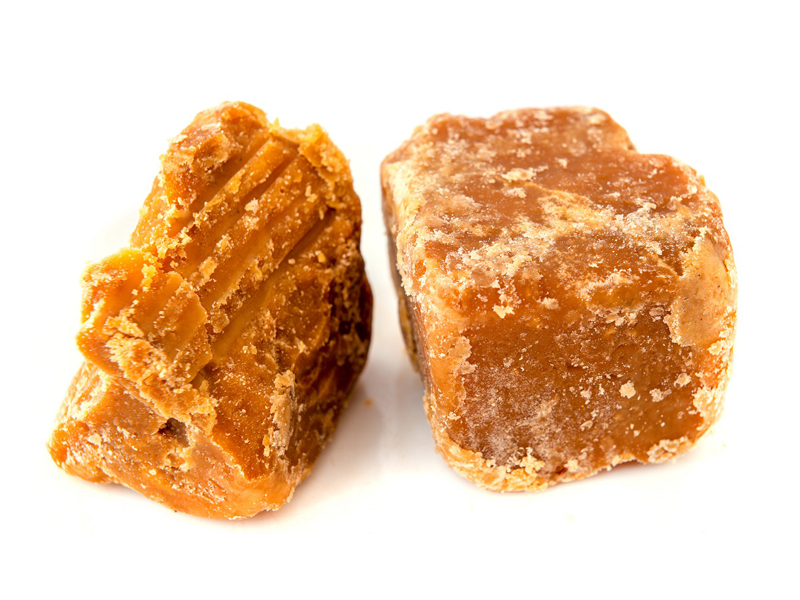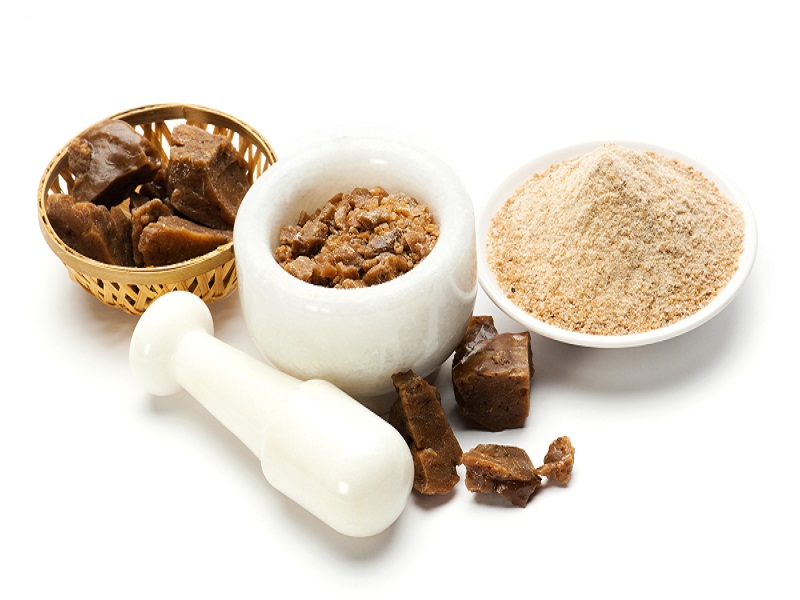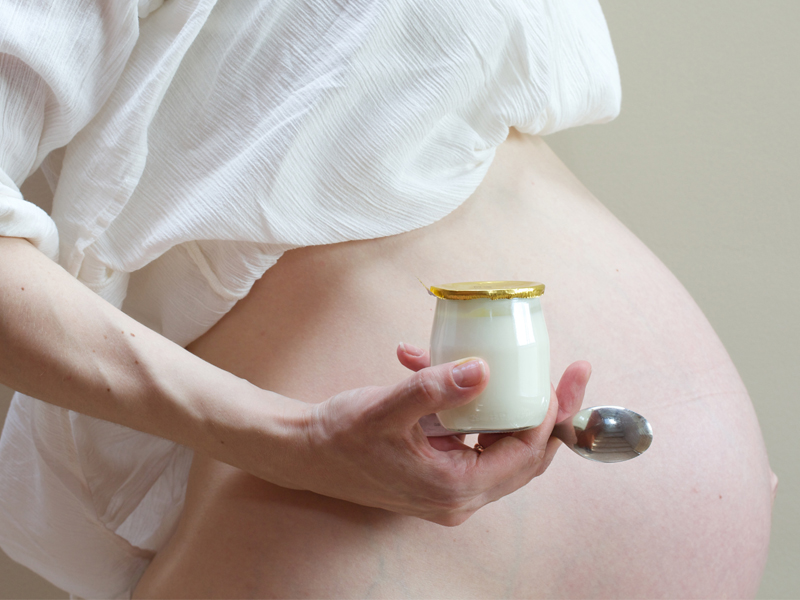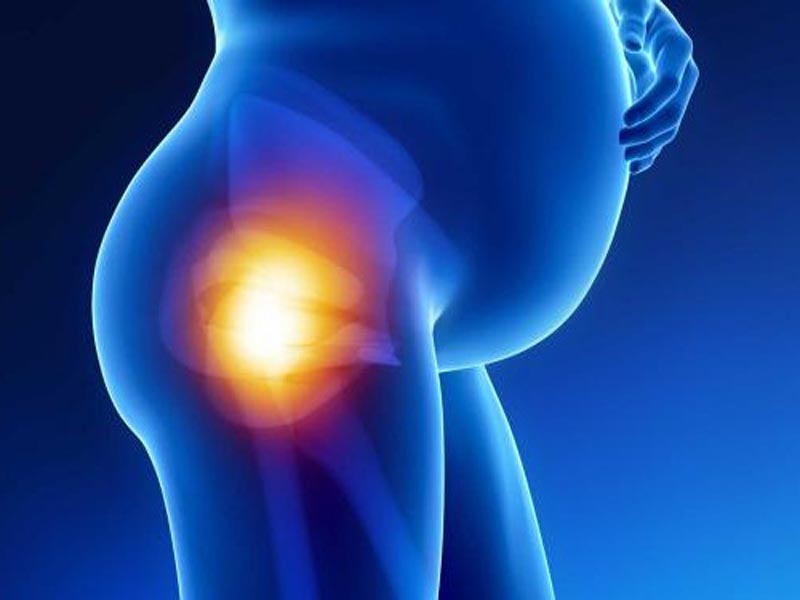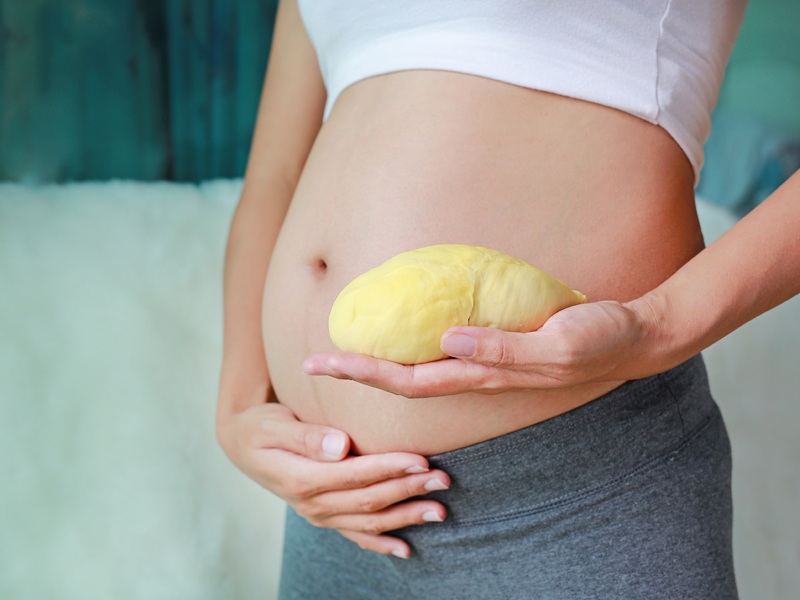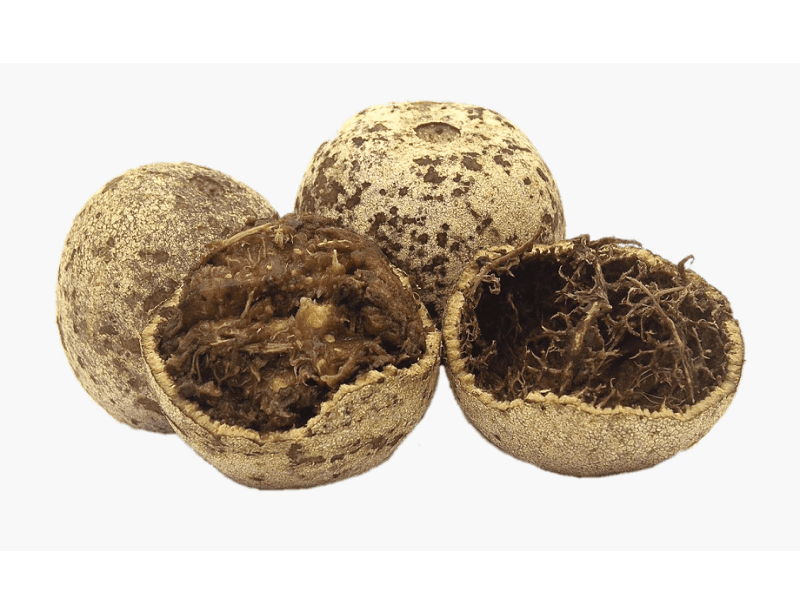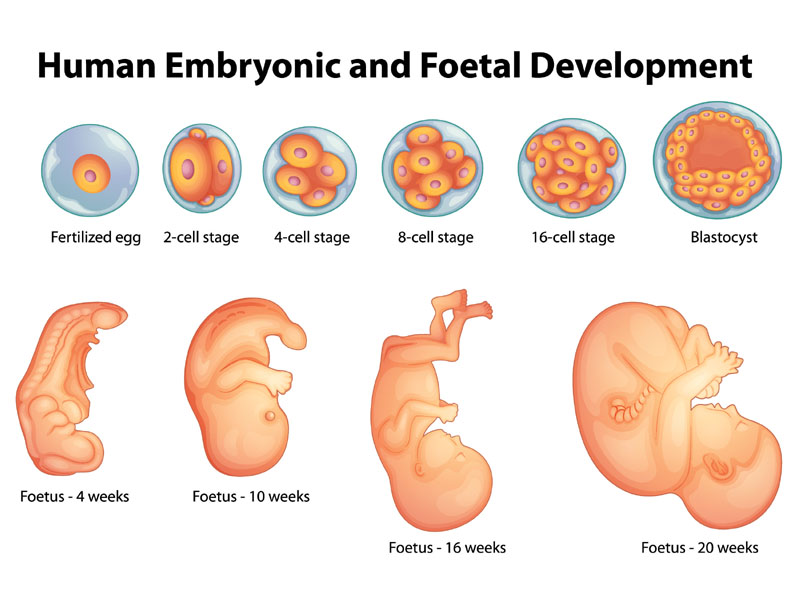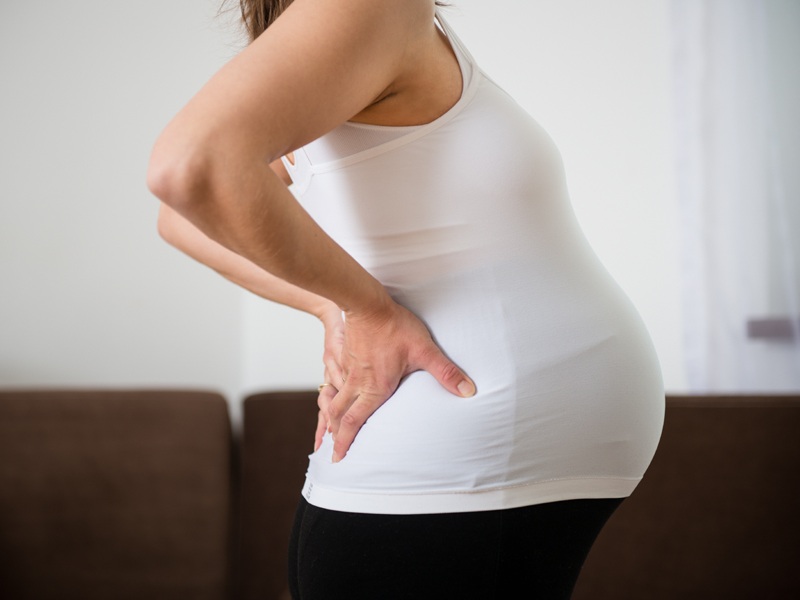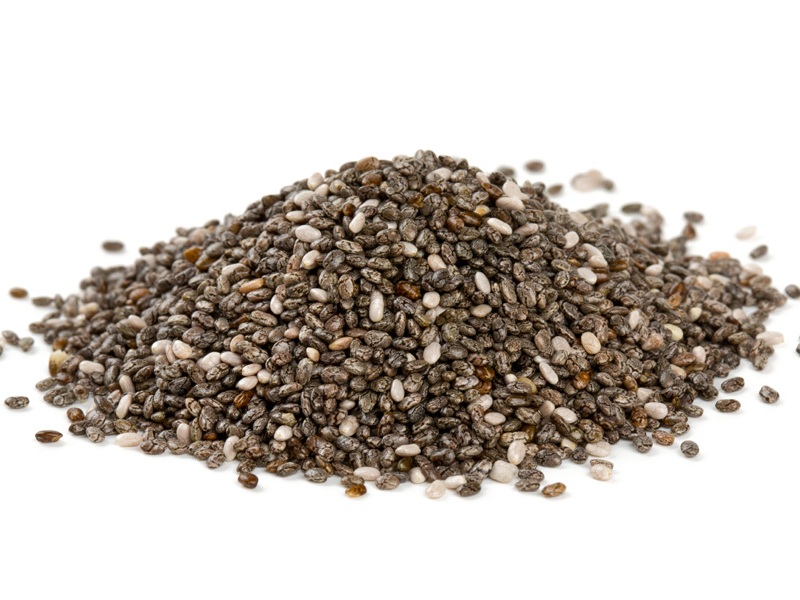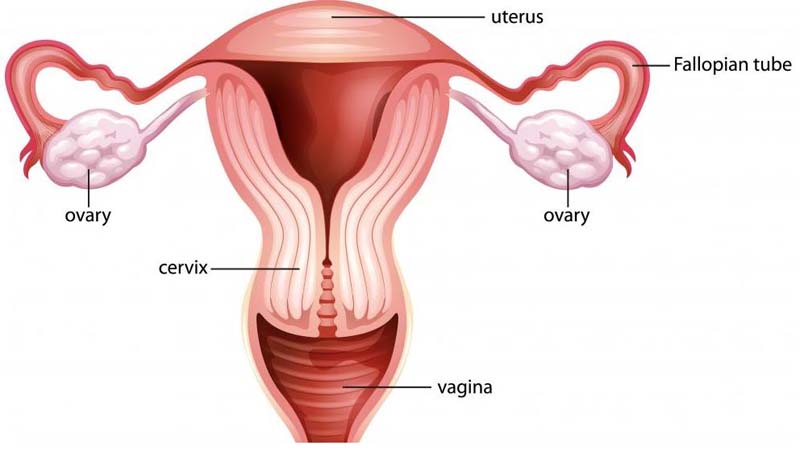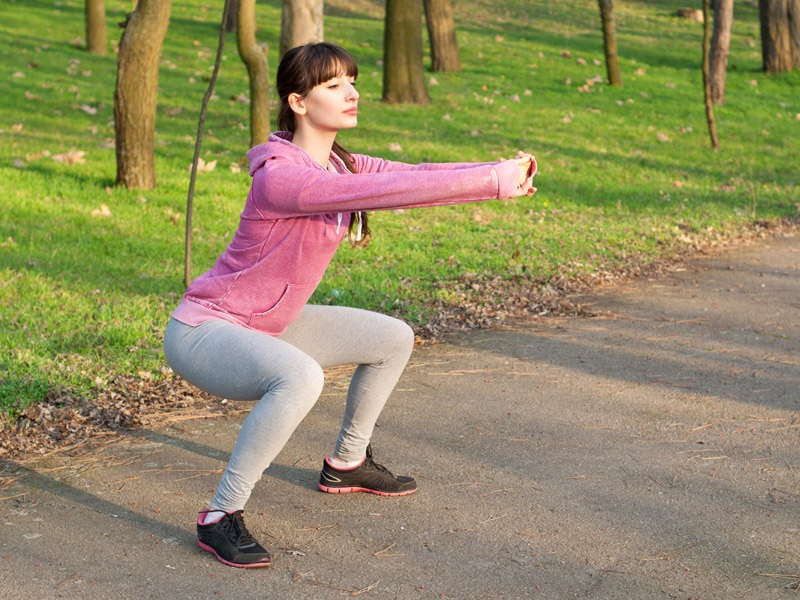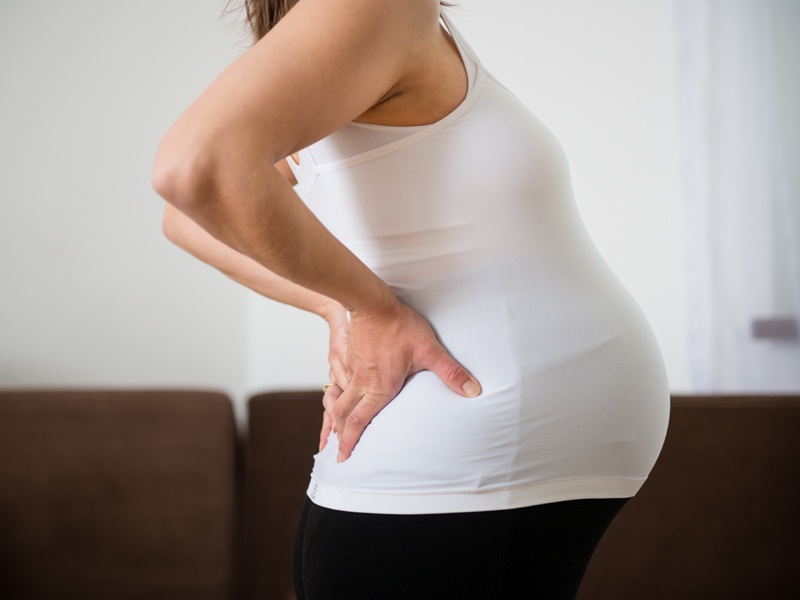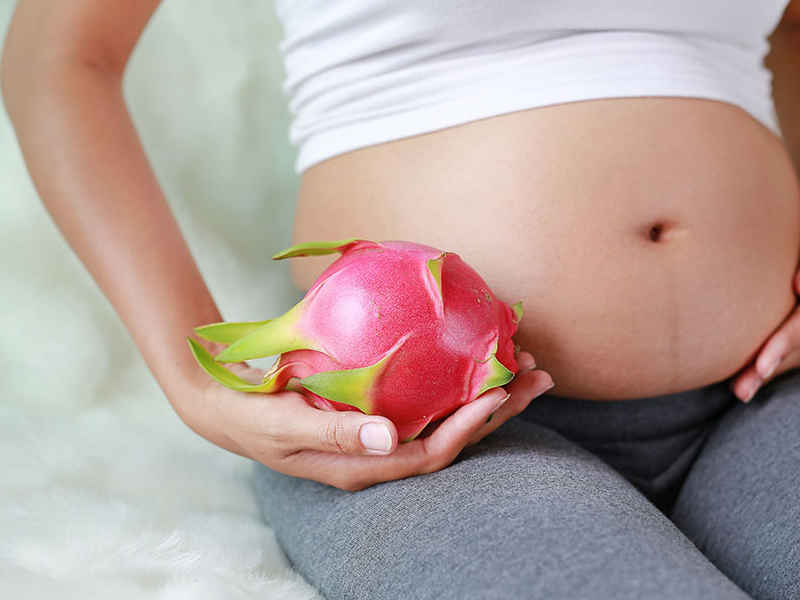The baby during the delivery is pushed through the pelvis, pelvis muscles, which hold the bladder, uterus, and rectum in place should stretch unimaginably for the baby to come into this world. Even though the body releases a hormone named relaxin that loosens and stretches the pelvic muscles, the kegel exercises for the pelvic floor muscles are essential for further stretching of these muscles for smooth delivery. After birth, these pelvic muscles get weakened, causing pelvic health problems. By performing Kegel exercises during pregnancy, post-delivery can strengthen these muscles and brings back the holding capacity of the pelvic muscles.
What is the Kegel Exercise? Is It Safe to Do During Pregnancy?
Kegel exercise, also known as pelvic floor exercise, is named after a famous Gynecologist, Arnold Kegel. These exercises strengthen and engage the pelvic floor muscles. These muscles support the bladder, uterus, small intestine, rectum, control the flow of urine, and support the contraction of the vagina. These exercises involve relaxing and squeezing of muscles in the genital and pelvic areas. Kegels can be performed during and after the pregnancy to strengthen the pelvic floor. Most of the pregnant women worry about whether to perform these exercises. It is absolutely safe to perform these exercises during pregnancy, and the same has been certified by Arnold Kegel. These exercises are widely accepted throughout the world, and many doctors even suggest to perform these exercises regularly.
Benefits of Kegel Exercises During Pregnancy:
Kegel exercises are absolutely safe to perform during and after Pregnancy. These exercises can be performed not by pregnant women, but everyone can also perform them. Some of the benefits that include are
- Strengthening pelvic organ support: Due to the vaginal childbirth, the pelvic organ prolapsed occurs. Pelvic organ prolapsed refers to when the uterus, urethra, and bowel sag down into the vagina; this is because of the weakening of pelvic floor muscles. Doctors, as part of treatment, suggest performing Kegels regularly.
- Improved bladder control: Many women experience leakage of urine when they cough, sneeze or laugh during Pregnancy or after Pregnancy. This is because of the weakened pelvic floor. Performing Kegels regularly can treat the condition of urine incontinence.
- Reduce the risk of fecal incontinence: Due to the weakened pelvic floor, you experience leakage of stool before rushing to the washroom. Kegels can strengthen the pelvic floor, which in turn supports the rectum and fecal incontinence.
- Strengthening of pelvic floor with these exercises can help different pelvic health symptoms that commonly arise during and after Pregnancy. These include constipation or pain in bowel movements, painful urination, pain during intercourse, lower back pain, etc.
See More: Lifting While Pregnant
Best Kegel Exercises to Perform During and After Pregnancy:
Listed down are some of the best Kegel exercises that you can perform during and after Pregnancy. It is said that it is never too early to start doing Kegels, but the earlier and regular you perform, the greater the benefits during Pregnancy.
1. Tailor Sit:
How to Perform:
- Firstly sit on the floor with knees bent and ankles crossed.
- Now, slightly lean forward, keeping your back straight and relaxed.
- This position can be used anytime throughout the day.
Benefits:
This exercise stretches the hip and pelvic muscles, thus improving the strength. The thigh muscles also come into play in doing this exercise. This exercise helps in reducing the lower back pain.
2. Tailor Press:
How to Perform:
- Firstly sit on the floor with knees bent and the bottom of your feet together.
- Now, grasp your ankles and pull the feet gently towards the body.
- Position your hands under your knees and inhale.
- Press your knees downwards against the hand, while doing this press your hands upwards against the knees. Hold on for 10 seconds, and then exhale.
Benefits:
This exercise stretches the hip and pelvic muscles, thus improving the strength. The thigh muscles also come into play in doing this exercise. This exercise helps in reducing the lower back pain and hip pain.
3. Pelvic floor:
How to Perform:
- Identify the muscles. This can be done by stopping the urination midstream.
- After the identification of the pelvic muscles, contract these muscles and hold on for 10 seconds. Release for 10 seconds.
- Redo this exercise for 10-15 times a day continuously for three days.
Benefits:
This exercise strengthens the pelvic muscles. Moreover, this exercise benefits preventing urine leakage from coughing, sneezing, laughing, jumping, etc.
4. Half-Kneeling Hip Flexor Stretch:
How to Perform:
- Put forward your right leg and lunge until your left knee is resting on the ground. Make sure your right leg should make a 90-degree angle at your knee.
- Get your pelvis forward by tightening your glutes and abdominal muscles.
- Lean forward from your left leg until you feel the tension in the hip flexor and inner thigh of your left leg
- Hold for 30 seconds, release, and repeat up to 10 times.
- Continue the same process with the other leg.
Benefits:
Hip flexor exercise help relax the hip muscles and increases the flexibility of the same. This exercise mainly gives relief from hip pain during pregnancy.
5. Squats:
How to Perform:
- Stand straight, feet slightly wide open, and toes pointed out.
- Bend both the knees and push your hips down as if you are sitting on the chair.
- Dropdown up to your thighs are parallel to the ground, and knees bowed slightly outward.
- Make sure that you don’t lean forward while doing this exercise.
- Come back to the original position and continue doing 20 reps.
Benefits:
This exercise strengthens the hip, thigh, and pelvic muscles. Pregnant women get relief from the lower back pain, hip pain, and certain joint pains that are caused during Pregnancy.
See More: Is Zumba Safe During Pregnancy
6. Bridge:
How to Perform:
- Firstly, lie on the floor on your back with knees bent at 90 degrees angle.
- Put your palms on the ground, inhale and push the hip upwards with the help of heels by squeezing the pelvic floor, hamstrings.
- The body which is resting on your upper back, shoulder, and knees should form a straight line. Stop in this position for 3 seconds and return to the original posture.
- Continue doing 10-15 reps for three sets. Take a break for 60 seconds after each set.
Benefits:
This exercise benefits the glutes and improves the strength of the pelvic floor if performing during Pregnancy takes enough care so as not to hurt yourselves.
7. Split Tabletop:
How to Perform:
- Lie on the ground with your palms facing the ground.
- Bend your knees and slightly lift both the legs till the legs are parallel to the ground and thighs at the right angle.
- In a controlled movement, split both the legs so that both the knees fall apart.
- Come back to the original position and continue doing 20 reps for three sets.
Benefits:
This exercise activates the thigh and pelvic muscles and improves the strength and tone of the pelvic floor. The pregnant lady finds relief from various pains that are caused during Pregnancy.
8. Pelvic Tilt:
How to Perform:
- Lie on the ground with your palms back of the head.
- Bend your knees, making a right angle to the ground with toes on the floor.
- Now, push your pelvis upwards and hold this position for 3 seconds.
- As you tilt your pelvis upwards, tighten your hip muscles and glutes.
- Come back to the normal position and repeat for 30 reps two sets.
Benefits:
The lower back muscles get stretched with this exercise. During Pregnancy, lower back pain gets relieved by performing this exercise. The abdominal muscles also get strengthened along with the pelvic floor.
9. Kegel Ball Exercise:
It helps in lifting the pelvis from the floor. Try to do this in combination with other floor lifts. This will ensure the muscles are worked out from all angles. Here is how to do it easily using a ball or towel.
- Stand with wall support and place your hands on the wall at an arms’ distance from you.
- Bring your feet close and let them touch each other. Now, place a ball or a towel between your thighs.
- Bend your knees a little to lift the heels from the ground or floor. Stay in the position and gently press the ball with your thighs or squeeze the towel to different forms and angles. Do this for about 25 times.
- To finish, bring the hips back down to your heels.
10. Breathing:
Breathing has always been a very important addition to treating your overbearing muscle issues when it comes to pregnancy and it goes well with Kegel exercises because during your pregnancy period your abdominal area is quite sensitive therefore it is always better to be ready for your Kegel exercise no matter the intensity with some elaborate breathing exercises first giving you the stamina you need to carry out any form of exercise making them safe during pregnancy.
The essential tip does not hold your breath when you perform them. Breathe out. Your focus should only be on the pelvic muscles.
When to Do and How Often to Perform Kegel Exercises During Pregnancy:
There is no specific time when to start doing Kegels during pregnancy. Most women want to start doing these exercises right from the beginning of the Pregnancy. But it is better to start during the 2nd trimester. If you have just delivered the baby, begin doing these exercises within a few days of uncomplicated natural birth. But, before starting these exercises, consult your doctor well in advance. Women who had a C-section should consult the doctor before performing these exercises.
Next comes is how often to do. Different persons say different things about how often to do these exercises. Some say to perform them daily, and some say three times a week. Hence, it is better to take the guidance of your health care provider.
See More: Doing Planks While Pregnant
Tips and Precautions for Kegel Exercises During Pregnancy:
Some of the tips that can be followed to perform these exercises are
- Avoid doing Kegels while peeing, as this may prevent in emptying your bladder.
- Anything overdone is harmful to the body, hence don’t overdo these exercises.
- Do these exercises regularly, even though you feel pain in your pelvic area. But, if the pain is severe, consult your doctor.
- Finding the right pelvic muscle is a bit tricky. Hold your urine midstream, and then you can find the pelvic muscle that is preventing the urine.
- Always wear loose clothes during Pregnancy and also while performing these exercises.
- Always carry a water bottle with you while performing these exercises.
Kegel exercises can be very beneficial in the later stages of the Pregnancy. Most importantly, these performing these exercises regularly can help in smooth vaginal delivery. During the vaginal delivery, there might be some cases wherein the pelvic muscles may get torn, performing these exercises even after the delivery brings back the strength of these muscles. Overall, performing these exercises is pretty safe, provided you do them in limits. Before starting any exercises, consult your doctor well in advance to prevent any complications.
Frequently Asked Questions And Answers:
Q1. Why is Kegel exercise essential during Pregnancy?
Ans: Performing Kegel exercises during pregnancy strengthen and widen the pelvic muscle in the vaginal region. With the increase of passage, the vaginal delivery of the baby happens smoothly without any complications.
Q2. What is a pelvic muscle, and how to find this muscle?
Ans: The muscle that holds the uterus, gall bladder, rectum in position is the pelvic muscle. Finding the pelvic muscle is a bit tricky. While urinating stop in the midstream, the muscle that helped stop the urination is the pelvic muscle.
Q3. Is doing Kegels helpful to get pregnant?
Ans: Doing Kegels regularly keeps you healthy physically and mentally. One cannot surely say that doing Kegels help you get pregnant. But, doing Kegels can reduce the pelvic symptoms, one such is the pain during intercourse. Doing these exercises will definitely lessen the pain during intercourse.
Disclaimer: The opinions expressed in this article are just suggestions, and the website is no way responsible for the side effects it may cause. It is better to consult a doctor before you plan anything, especially when you are pregnant.






